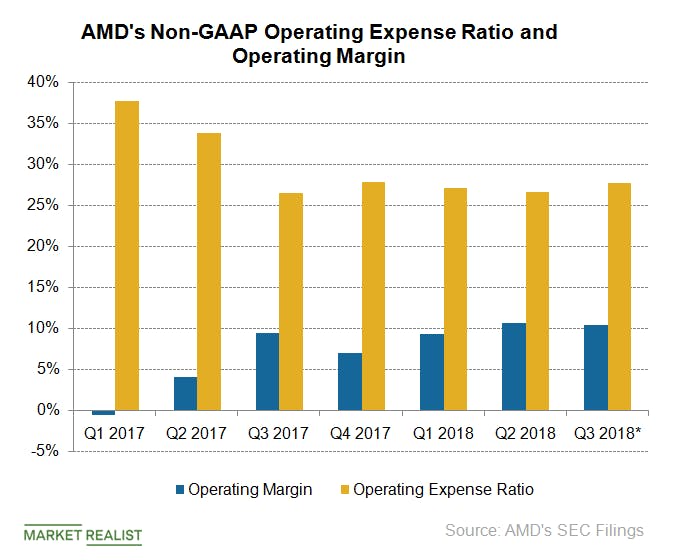
In business, there are two main types of discounts, i.e. trade discounts and cash discounts. While trade discount is the reduction in the list price of the product, whereas cash discount is offered by the firms to its customers to encourage early payments. Trade discount is a discount granted by the seller of the goods to the buyer on the list price or catalog prices of the goods supplied, mostly in case of bulk sales. E.g. a wholesaler with a high volume purchase will get a 30% of trade discount. A cash discount is offered mostly to facilitate prompt payment from the buyer. E.g., if the invoice is due to be paid by the buyer in 20 days, and the payment is made within 10 days, the seller can offer a cash discount of 5% to the buyer on the invoiced price.
Russia Says It’s Selling Oil to Pakistan Without ‘Special Discount’ – Voice of America – VOA News
Russia Says It’s Selling Oil to Pakistan Without ‘Special Discount’.
Posted: Fri, 16 Jun 2023 23:16:29 GMT [source]
Cash discounts therefore provide the seller with cash faster; at times, it can be better to receive 95% of an invoice within a few days for example, rather than wait 30 or more days to receive the full amount. There is no separate journal entry for trade discount allowed or received as it is not recognized as an expense for the business. No unique approach as such but what we obviously know and practice. Such that, if a seller sets credit term of (15/10, N/30).then it implies that the buyer will get a discount of 15% if he/she clear the account within 10 days. In other words, if he makes payment within 10 days from the date of the invoice, he/she will be entitled to a 15% cash discount.
Approach vs. Method
As we know that more sales for the companies mean the higher profits for the companies, so the discount is one of the initiatives taken by them to make an increase in the sales. The other selling techniques adopted by the firms are the advertisement, endorsements, new product lines and prices on the purchase of the products. There are two types of discounts, given to the buyer by the sellers; trade discount and the cash discount. Trade discount is the discount offered by the seller at the time of purchase on the price list of the commodity or the catalog of prices for that product or service. On the other hand, the cash discount is the discount offered by the seller at the time of the payment; this deduction is given of invoice. Trade discounts and cash discounts are similar to each other in that they are both offered by the seller to the purchaser, and they both reduce the final amount that needs to be paid.
As a result, customers can reduce their overall costs and increase their profitability by purchasing in bulk or at specific times. Discounts play an important role in business transactions. They have has been part of business transactions since the beginning of time. Buyers offer discounts and sellers receive it, either implicitly or explicitly.
Difference between Cash Discount and Trade Discount
Trade discounts are a powerful tool for increasing sales, reducing costs, and fostering long-term relationships between suppliers and customers. Also, trade discounts are not applied at the point of sale. Instead, they are reflected in the invoice or receipt after the purchase has been made. This means that if the buyer pays within 10 days of delivery, they can avail extra 2% discount on the invoice price. Cash discount is a deduction allowed by a supplier of goods or by a provider of services to the buyer from the invoice price. Customer purchase behavior inertia
A customer used to buying goods with cash discount inclusive will face difficulties in convincing him/her otherwise especially when doing product promotion campaigns.

Chico Company allows its customers to return merchandise within 30 days of purchase. Refer to Exercise 4-7 and prepare journal entries to record each of the merchandising transactions assuming that the perpetual inventory system and the net method are used by both the buyer and the seller. Emilie is a Certified Accountant and Banker with Master’s in Business and 15 years of experience in finance and accounting from large corporates and banks, as well as fast-growing start-ups. Trade Discount refers to the deduction given by the supplier to the customer in the catalogue price of the goods. Finance Strategists is a leading financial literacy non-profit organization priding itself on providing accurate and reliable financial information to millions of readers each year. At Finance Strategists, we partner with financial experts to ensure the accuracy of our financial content.
Difference Between Trade Discount and Cash Discount
You bought
several pairs of shoes and this really nice jacket to go with the shoes. The reason you purchased from this company is that they said you didn’t
have to pay right cash discount and trade discount away. They would send you an invoice, a bill, later on
with how much you owe and the terms of payment. You wait about a week,
and you receive your shoes and jacket.
Does trade discount come before cash discount?
Trade discount is executed when a buyer is initiating a buy order. A cash discount is executed when the buyer initiates payment. Trade discount is not recorded as the amount payable is calculated after deducting the discount from the invoice itself.
For example, if an invoice is due in 30 days, a seller could offer the buyer a typical cash discount of 2% if they were to pay the invoice within the first 10 days of receiving it. A cash discount is an incentive offered by a seller to a buyer for paying an invoice ahead of the scheduled due date. The benefits of trade discounts are not limited to businesses. Consumers can also benefit from trade discounts indirectly.
Is trade discount a debit or credit?
Trade discount is allowed to promote the sales and its an indirect expenses which need to be debited to profit & loss account.

